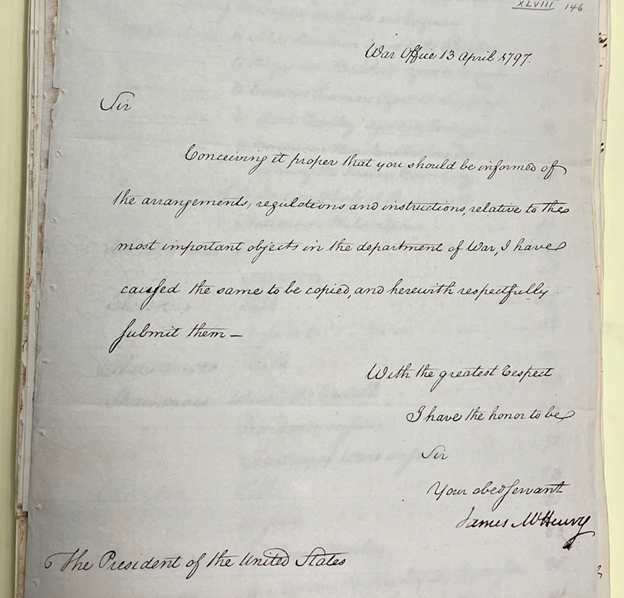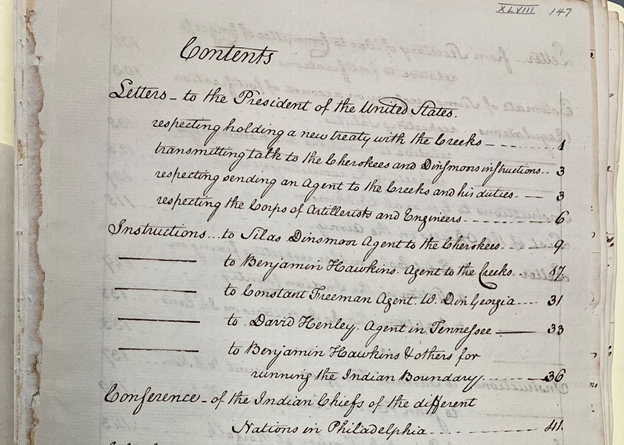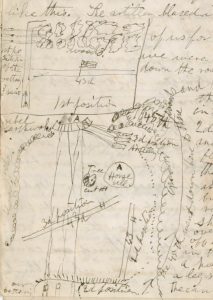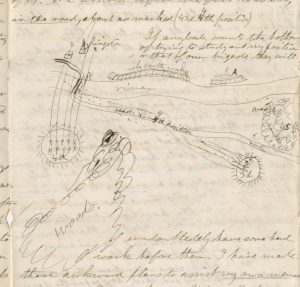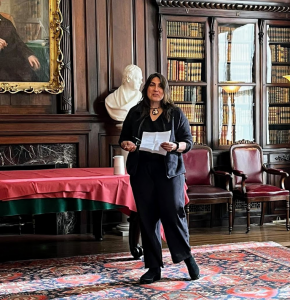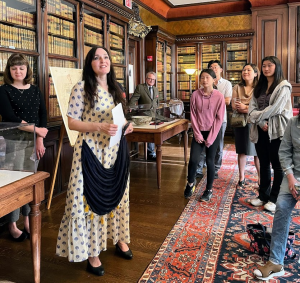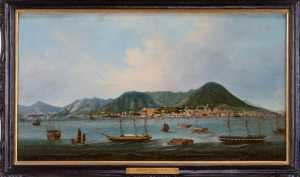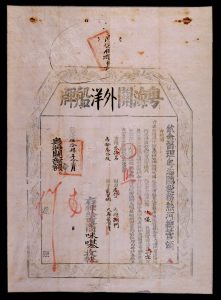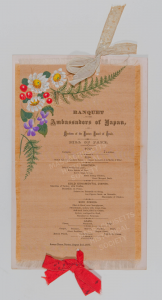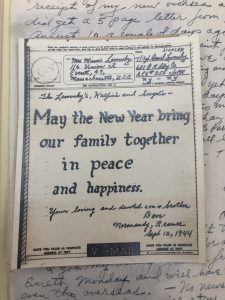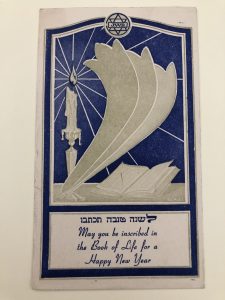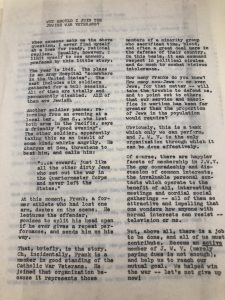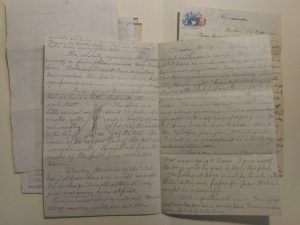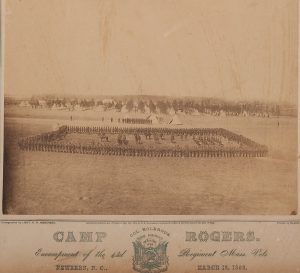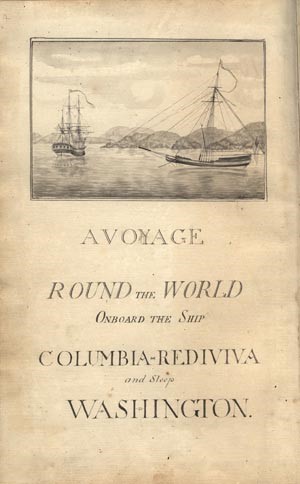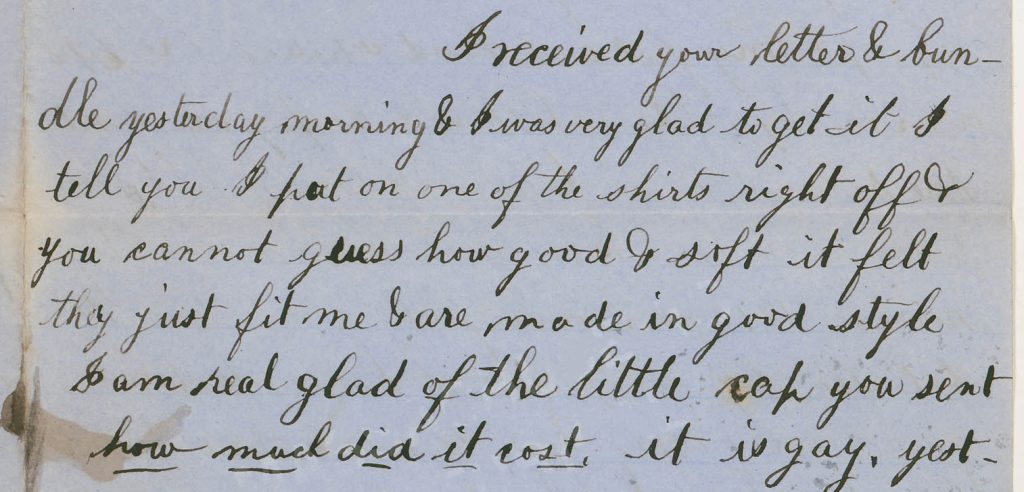By Simbrit Paskins and Kate Melchior
There’s something quite special about the month of June, is there not? The month invites us to officially welcome in the Summer season, get excited about vacations and beach days, and everything feels inevitably brighter! June also makes way for cultural and historical celebrations across the nation, namely, LGBTQIA+ Pride month and Juneteenth, both of which honor the voices, legacies, and stories of community members far and wide.
In the past few weeks, the MHS and our greater Massachusetts community have celebrated our National History Day students in a number of ways! While students from across the Commonwealth traveled to participate in the first in-person National competition since 2019, seventeen of our students said “yes!” to having their NHD projects featured in a virtual exhibit at the Massachusetts Historical Society to commemorate the history and legacy of Juneteenth.
Though it has long been celebrated among African American and BIPOC (Black, Indigenous, People of Color) communities, Juneteenth is a major part of American history that still remains largely unknown to the wider public. Juneteenth (short for “June Nineteenth”) celebrates the date in 1865 when Union troops arrived in Galveston, Texas to take control of the state, and enforce the 1863 Emancipation Proclamation, which legally freed all enslaved people, including those in Texas who had still been in bondage until union troops arrived. Since then, Juneteenth celebrations have annually created spaces for the storytelling of our country’s second independence day and recognized the ongoing fight for human rights and equality.
In 2020, Juneteenth was declared a state holiday in Massachusetts, and the following year was recognized as a federal holiday.
The Massachusetts Historical Society began an annual NHD Massachusetts Juneteenth exhibition in 2020 with three goals in mind:
- to promote an understanding of and engagement with the Juneteenth holiday;
- to highlight select NHD student projects whose work explores topics related to Black/ African American history, culture, achievement, and freedom;
- and to spread awareness of these often marginalized historical narratives.
This year’s NHD projects approached history through the theme of “Frontiers in History: People, Places, Ideas.” Our virtual exhibit features students who researched leaders in history such as Dr. Anna Cooper, Marsha P. Johnson, and Katherine Johnson; and explored topics including the history of Hip-Hop, the Children’s March of 1963, and Black Wall Street.
We invite you to explore this original and extraordinary student work from the 2023 NHD Massachusetts competition season. We invite you to think deeply and critically about the stories that our NHD youth chose to tell this year about Black and African American history, and we encourage you to share what you’ve learned with your friends, family, colleagues, and neighbors, joining us in our celebration of this invaluable and critical history.


